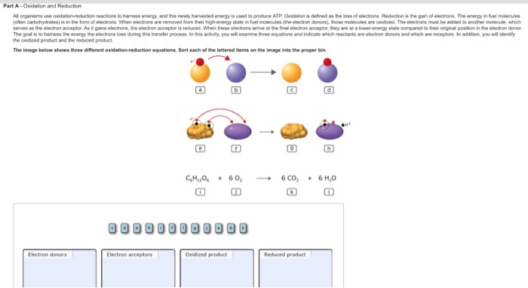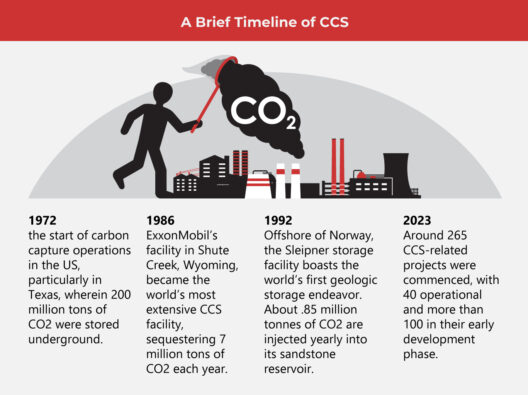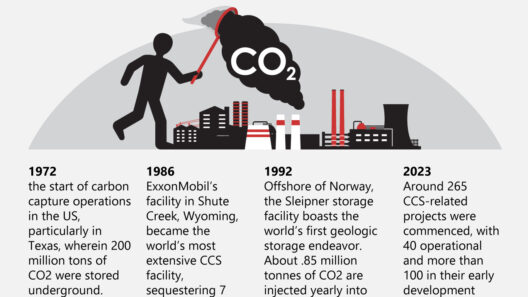The Earth is an intricate ecosystem, a tapestry woven from the threads of countless organisms, geological processes, and climatic systems. As humanity grapples with the phenomenon of global warming, a poignant question arises: Can the Earth heal itself? To explore this complex inquiry, we must examine the mechanisms of ecological resilience, the role of human intervention, and the profound implications of our environmental choices.
At its core, the notion of self-healing hinges on the concept of resilience. Resilience refers to the ability of ecosystems to absorb disturbances, reorganize, and refine their structural integrity. Ecosystems are not static; they are dynamic entities that have evolved over millennia. However, the unprecedented rate of climate change—largely driven by anthropogenic activities—tests the limits of these natural systems. While ecosystems possess intrinsic compensatory mechanisms, they are not omnipotent. The following sections will delve into the factors that affect the Earth’s ability to heal and the potential for recovery under our stewardship.
The Power of Nature’s Mechanisms
Nature has an impressive capacity for regeneration. Forests can rejuvenate after fires; wetlands can restore water quality after pollution; and biodiversity often finds a way to reestablish itself even after significant disturbances. For instance, the regeneration of coral reefs is an inspiring example of ecological resilience. Under optimal conditions, corals can recover from bleaching events, although the increasing frequency and severity of such occurrences, due to rising ocean temperatures, complicate this process.
Yet, this ability to heal is contingent upon several critical factors. The stability of environmental conditions plays a crucial role. If the external stressors are removed or significantly reduced, ecosystems have a better chance of recuperation. However, the challenges of global warming present a multifaceted crisis that interlinks temperature increases, sea level rise, and altered weather patterns. Each component contributes to a cascading effect that can hinder or decimate recovery processes.
Human Intervention: A Double-Edged Sword
While ecosystems are capable of remarkable recovery, human actions can either impede or facilitate this healing. The degrading practices of deforestation, pollution, and overexploitation of resources have accelerated the degradation of vital ecosystems. However, the paradox lies in the fact that humankind possesses the knowledge and tools to rectify its transgressions through sustainable practices and restoration efforts.
Community-led reforestation initiatives, habitat restoration projects, and the adoption of green technologies exemplify a shift towards stewardship. By prioritizing conservation and rehabilitation efforts, humanity can enhance the Earth’s ability to heal. The implementation of policies that promote sustainable agriculture, renewable energy, and waste reduction reduces pressure on natural resources and fosters an environment where ecosystems can thrive.
Climate Change: A Barrier to Healing
Nevertheless, the specter of climate change looms large over these endeavors. The prognosis is sobering. While certain ecosystems may demonstrate resilience, the overarching trajectory indicates that many, particularly those already vulnerable, may not withstand the compounding pressures of climate change. Arctic regions, for example, face irreversible changes due to melting permafrost, affecting carbon release and exacerbating global warming in a vicious cycle.
This phenomenon challenges the idea of natural healing. The alarming rate of biodiversity loss means that ecosystems may be stripped of the very components vital for recovery. Biodiversity not only ensures the stability of ecosystems but also enhances resilience. The loss of species diminishes the ecological repertoire available to cope with changes, diminishing the prospects for regeneration.
Shifting Perspectives: Hope in Innovation
Despite the daunting challenges, a paradigm shift in perspective offers a glimmer of hope. Advances in technology and ecological understanding unveil new horizons for addressing climate change. Innovations such as biotechnology, regenerative agriculture, and ecosystem engineering present opportunities for augmenting natural processes and facilitating healing.
For instance, bioengineering strategies that promote carbon sequestration in soil can reinvigorate degraded lands while simultaneously mitigating atmospheric CO2 levels. Additionally, the reintroduction of keystone species into ecosystems can catalyze revival and stabilization within ecological communities. Histories exist where decimated ecosystems have flourished again through strategic interventions, sparking curiosity about the full extent of our ability to aid the Earth’s recovery.
Collective Responsibility: The Path Forward
Ultimately, the question of whether the Earth can heal itself from global warming necessitates a collective reevaluation of our responsibilities. Each individual action, while seemingly trivial, contributes to the collective narrative of environmental stewardship. Proactive initiatives, such as reducing carbon footprints, advocating for climate justice, and supporting sustainable practices, embody the requisite diligence needed to bolster the Earth’s resilience.
Moreover, fostering a connection between people and nature is paramount. Encouraging environmental education, promoting sustainable living, and engaging communities in conservation efforts cultivate an ethos of care for the natural world. Healing cannot occur in isolation; it requires a symbiotic relationship between humanity and the ecosystems we inhabit.
Conclusion: A Journey of Possibility
In conclusion, the question of whether the Earth can heal from global warming elicits responses brimming with complexity. There exists a potential for recovery, contingent upon the interplay of resilience, human intervention, and technological innovation. The path forward demands a combined effort in nurturing environmental integrity and embracing sustainable practices. As we navigate this intricate journey, we must engage our curiosity and commit to actionable strategies that honor the Earth’s remarkable capacity for regeneration. Through collective responsibility and a renewed appreciation for the planet we share, we can inspire a future where healing transcends possibility and becomes reality.








